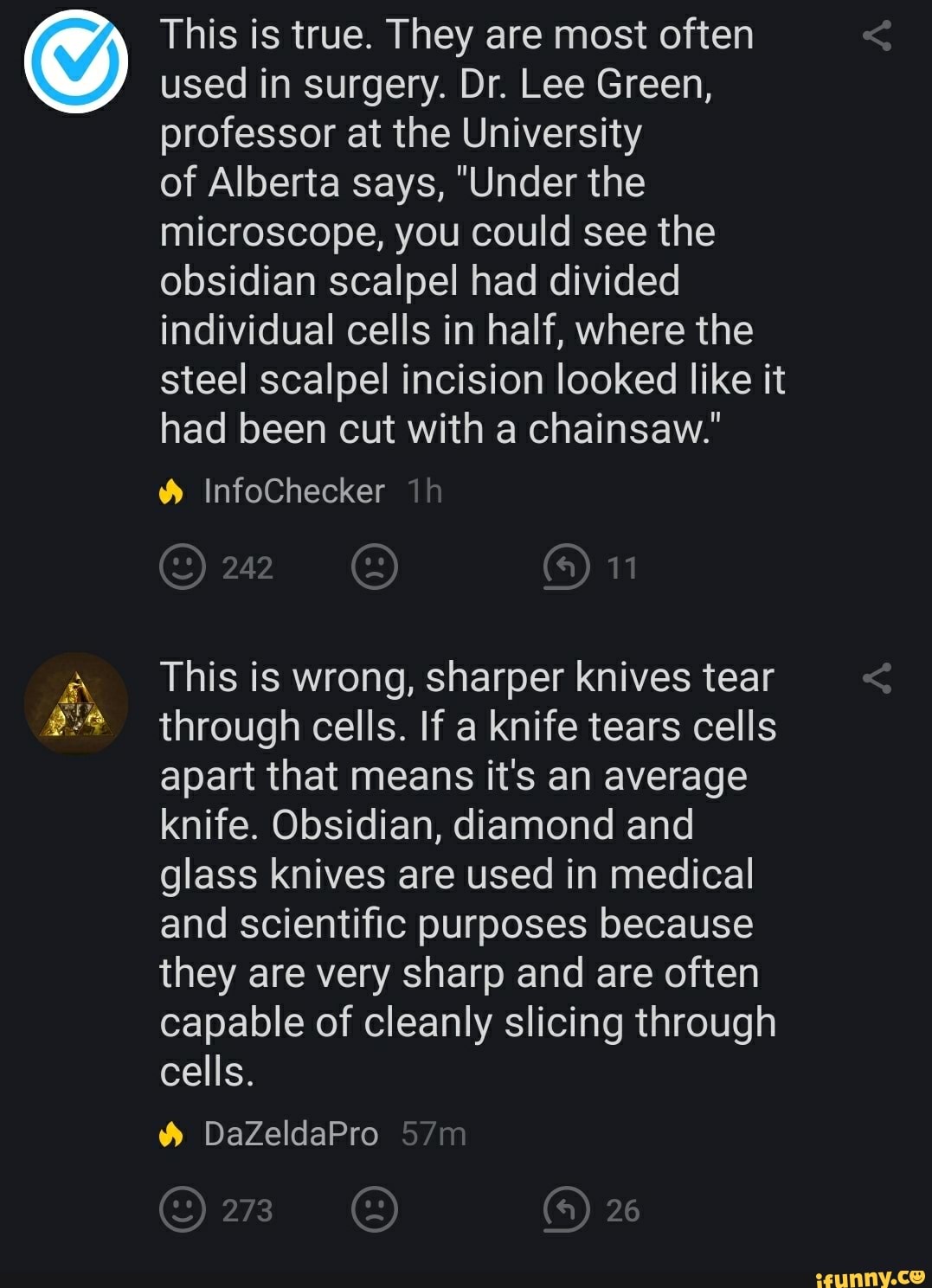
Results from geologic evaluations of individual 1/sup 0/ x 2/sup 0/ quadrangles for the NURE program also yielded anomalies, which could not be adequately checked more » during scheduled field work. Data from the Aerial Radiometric and Magnetic Survey (ARMS) and the Hydrogeochemical and Stream-Sediment Reconnaissance (HSSR), both of which were conducted on a national scale, yielded numerous anomalies that may signal areas favorable for the occurrence of uranium deposits. « lessĭuring the National Uranium Resource Evaluation (NURE) program, conducted for the US Department of Energy (DOE) by Bendix Field Engineering Corporation (BFEC), radiometric and geochemical surveys and geologic investigations detected anomalies indicative of possible uranium enrichment.

The references are indexed by author, geographic location, quadrangle name, geoformational feature, taxonomic name, and keyword. All categories specifically refer to uranium and thorium the last category contains basic geologic information concerning areas which the Grand Junction Office feels are particularly favorable for uranium deposition. The references contained in the bibliography have been divided into the following eight subject categories: (1) geology of deposits, (2) geochemistry, (3) genesis O deposits, (4) exploration, (5) mineralogy, (6) uranium industry, (7) reserves and resources, and more » (8) geology of potential uranium-bearing areas. The bibliography was produced for the National Uranium Resource Evaluation Program, which is funded by the Grand Junction Office of the Department of Energy. = ,Ī bibliography of 479 references encompassing the fields of uranium and thorium geochemistry and mineralogy, geology of uranium deposits, uranium mining, and uranium exploration techniques has been compiled by the Ecological Sciences Information Center of Oak Ridge National Laboratory. This entry was posted in Fall 2018 by mbarretttzannes. “Obsidian.” Encyclopædia Britannica, Encyclopædia Britannica, Inc.,, Additional Readings/videos “Obsidian.” Geology, /rocks/obsidian.shtml.īritannica, The Editors of Encyclopaedia. “How Stone Age Blades Still Cut It in Surgery.” CNN, Cable News Network, 2 Apr. The scalpels can also be helpful for patients who might be allergic to the materials used for most surgical tools, such as steel and metal. Obsidian tools have their time and place. Green also knows that using obsidian in medicine is a technique is not useful for every procedure and for every surgeon. Green receives his obsidian scalpels from an expert flint knapper, Errett Callahan. While it may seem odd to be using tools from the stone age in modern medicine, the blades being used today are different than those of ancient humans. These scalpels can be used for precise cutting in surgery. Green has observed that following procedures with obsidian scalpels, patients experience much less scarring than in the same procedure done with steel tools.Ī modern obsidian scalpel. Obsidian’s makeup creates a smooth and continuous edge on a blade, while regular steel tools have a rough edge on their blades at a microscopic level, which can tear into tissue and leave the patient with a longer healing process and more intense scarring.


Lee Green at the Department of Family Medicine at the University of Alberta says it is not uncommon for him to use obsidian blades in his work. For its extreme sharpness, modern surgeons have continued to utilize obsidian tools in their work, especially in precise surgeries. An obsidian blade measures in at only 30 angstroms, making it very useful in precise cutting. The average household razor blade is somewhere between 300 and 600 angstroms (unit of measurement used to measure blade fineness). Obsidian has incredibly useful and unique properties. Obsidian is especially useful for its sharp properties, and this is the reason obsidian tools are still on the market and being studied and used in the twenty first century. Arrowheads would only be found in areas where hunting by bow and arrow was prevalent. Two arrowheads produced from obsidian through the process of knapping.


 0 kommentar(er)
0 kommentar(er)
